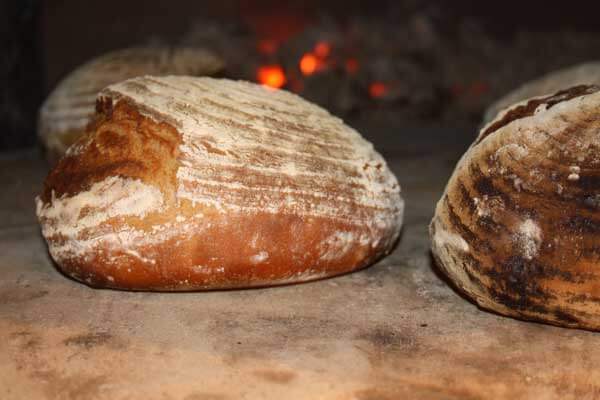
Glossary: Bread Baking
Ratgeber | Rezepte
Glossary on Bread Baking
Dough: The mixture of flour, water, yeast or sourdough, and other ingredients that is processed into bread.
Sourdough: A fermented dough made from water and flour that contains natural yeast and helps the bread rise naturally and acquire a sour taste.
Pre-dough: The pre-dough is usually fermented for several hours or overnight at room temperature to activate the yeast and bacteria, adding more flavor and structure to the dough.
Biga: Is a firm pre-dough made from water and flour.
Poolish: Is a soft pre-dough made from water and flour.
Yeast: A living organism used in the fermentation of bread dough to improve the volume and taste of the bread.
Kneading: The process of working the dough by folding, pressing, and stretching to develop the gluten structure in the dough and make the bread airier.
Resting Time: The process by which the dough rises and gains volume through fermentation.
Bulk Fermentation: The resting time the whole dough gets after kneading. It is also said the dough "starts up" during this time, meaning fermentation begins.
Proofing: The rising time of the shaped loaf in the proofing basket either in the fridge or at room temperature (RT).
Shaping: The process of shaping the risen dough into a specific form before it is baked.
Baking: The process of baking the shaped dough in the oven to form the bread and brown it.
Crust: The outer layer of the bread formed during baking by contact with high heat.
Crumb: The inner part of the bread created by the rising and baking of the dough.
Grains for Bread Baking: Wheat, rye, spelt, ancient grains
Whole Wheat Flour: Flour made from the whole grain, including the bran layers and the germ, often used in whole grain bread.
Flour Type 405: This is the most commonly used wheat flour in Germany and has an extraction rate of about 70%. It is a fine flour used for bakery products like cakes, cookies, pancakes, and light bread.
Flour Type 550: This flour has a higher extraction rate of about 80% and contains more nutrients than Type 405. It is often used for breads with medium weight and color such as baguette, ciabatta, rye bread, and whole grain bread.
Flour Type 1050: This flour has an extraction rate of about 90% and contains even more nutrients and fiber than Type 550. It is often used for whole grain breads, rolls, and rustic breads.
Flour Type 0 (Italy): This flour has a higher extraction rate of about 80-85% than Type 550 and contains more nutrients. It is often used for Italian breads like ciabatta and pizza.
Flour Type 00 (Italy): This flour has the highest extraction rate of about 55-60%, which means it is very finely ground and almost all bran and husk have been removed. It is often used for pasta, pastries, and fine cakes.

